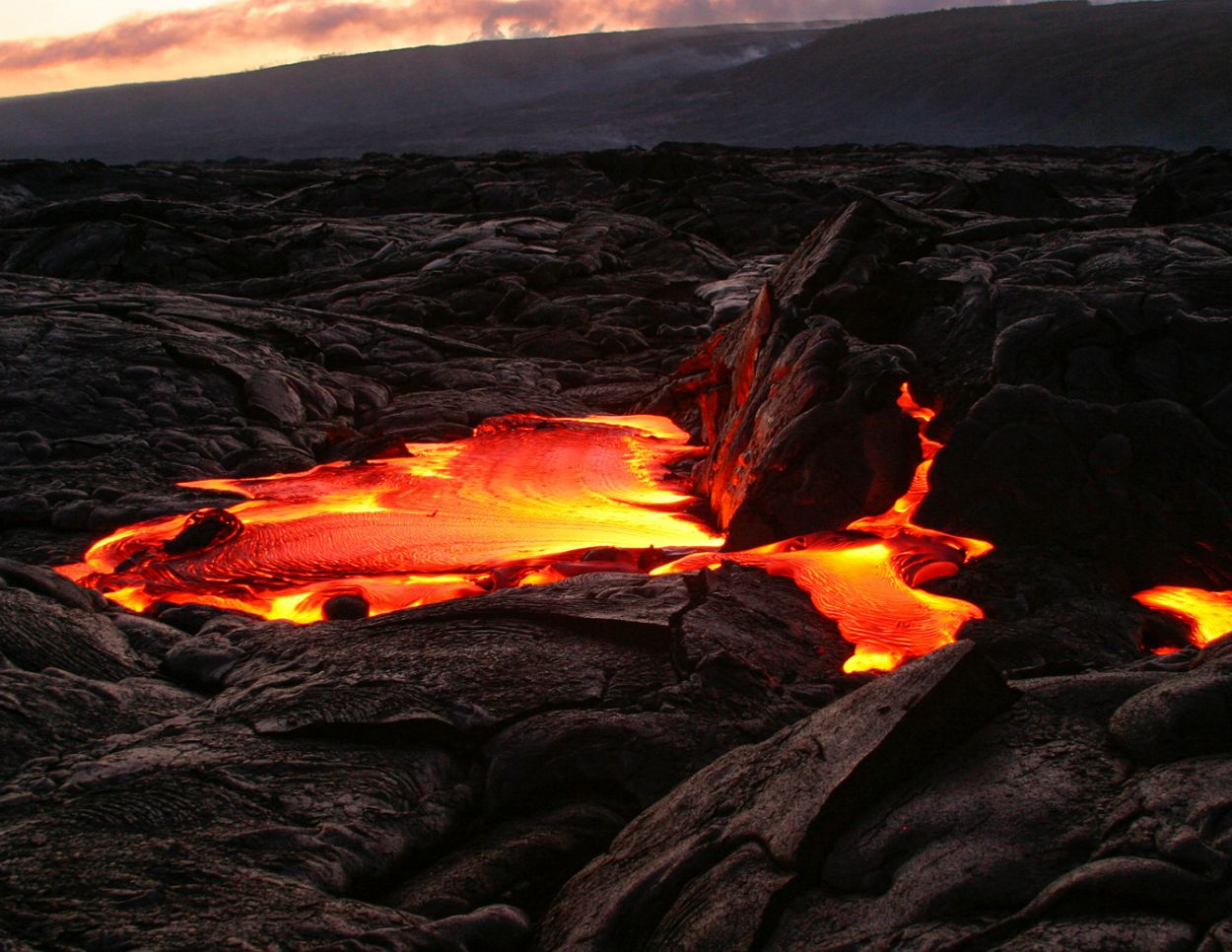Kilauea is a volcano located on the southeastern side of the Big Island of Hawaii. It is one of the most active volcanoes in the world and has been continuously erupting since 1983. Kilauea is also one of the most visited attractions on the island, drawing in thousands of visitors each year. In this blog post, we will explore the history, geology, and current activity of Kilauea.
History of the Volcano Kilauea
Kilauea has a long and rich history of eruptions, dating back to at least 300,000 years ago. The earliest documented eruption was in 1823 when a Hawaiian chief named Keoua requested that the goddess Pele stop the lava flow that was threatening his village. Since then, Kilauea has erupted numerous times, with some eruptions lasting for several years. In 1959, Kilauea erupted for 36 days and created a new crater, which was named Halemaumau. Since then, Halemaumau has become one of the most visited attractions in Hawaii.
Geology
Kilauea is a shield volcano, which means that it has a broad, gently sloping cone that is built up by successive lava flows. The volcano is about 300,000 years old and sits on the Pacific Plate. It is slowly moving northwest over a hot spot in the Earth’s mantle. As the plate moves, it carries Kilauea with it. This allows the volcano to continue to erupt and create new land. Kilauea is also part of the Hawaii Volcanoes National Park, which covers over 500 square miles of the island.
Current Activity of the Volcano:
Kilauea has been erupting continuously since 1983, with the most recent eruption starting in May 2018. During the eruption, lava flowed from the summit of the volcano into the surrounding neighborhoods. Many homes were destroyed, and this forced thousands of people to evacuate. The eruption also caused the collapse of Halemaumau, which created a massive crater that is over 1,000 feet deep. Despite the destruction caused by the eruption. Kilauea’s activity has also created new land. The lava flows creating new coastline and adding to the island’s size.
Today, Kilauea continues to be one of the most active volcanoes in the world. The volcano’s activity is closely monitored by the Hawaiian Volcano Observatory, which provides updates on the volcano’s status and any changes in activity. Visitors to the Hawaii Volcanoes National Park can also see Kilauea’s activity up close, with guided tours and hikes available to the volcano’s summit and surrounding areas.
Tourism
Kilauea’s activity has made it one of the most popular tourist destinations in Hawaii. Visitors to the Hawaii Volcanoes National Park can hike through lava fields, explore the crater of Halemaumau, and learn about the geology and history of the volcano at the park’s visitor center. The park also offers guided tours and ranger-led hikes, providing visitors with a unique opportunity to learn about the volcano’s activity and how it has shaped the island.
In addition to the park, there are several tour companies that offer helicopter tours of the volcano. These tours provide a bird’s-eye view of the volcano and surrounding landscape, allowing visitors to see the lava flows and other geological features from above. There are also several tour companies that offer guided hikes to the summit of the volcano, providing visitors with an up-close view of Kilauea’s activity.
Safety while on the Volcano Kilauea
While Kilauea is a popular tourist destination, it is important to remember that the volcano is an active and potentially dangerous natural phenomenon. Visitors to the volcano should always follow the safety guidelines provided by the park and the Hawaiian Volcano Observatory. This includes staying on designated trails, avoiding restricted areas, and being aware of the risks associated with volcanic activity. Visitors should also be prepared for changing weather conditions, as the climate around the volcano can be unpredictable.
In addition to following safety guidelines, visitors should also respect the cultural significance of Kilauea to the Hawaiian people. The volcano is considered sacred by many Hawaiians, and visitors should be respectful of the park’s cultural and historical sites.
Kilauea is a truly remarkable natural wonder that offers visitors a unique opportunity to witness the power of volcanic activity up close. The volcano’s history, geology, and current activity make it one of the most visited attractions in Hawaii, drawing in tourists from around the world. However, it is important to remember that Kilauea is an active and potentially dangerous volcano. Visitors should always follow safety guidelines and respect the cultural significance of the volcano to the Hawaiian people. With proper preparation and respect, visitors can experience the awe-inspiring beauty of Kilauea while staying safe and protecting the natural environment.

